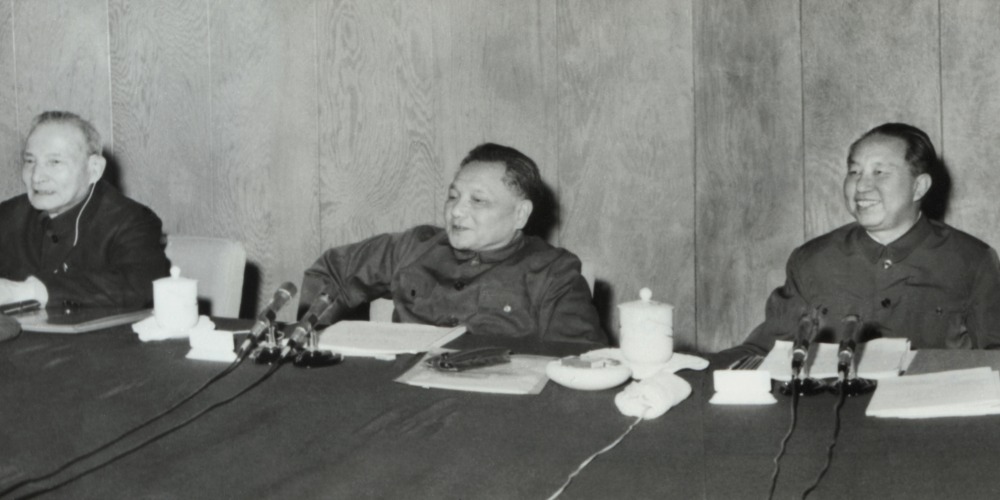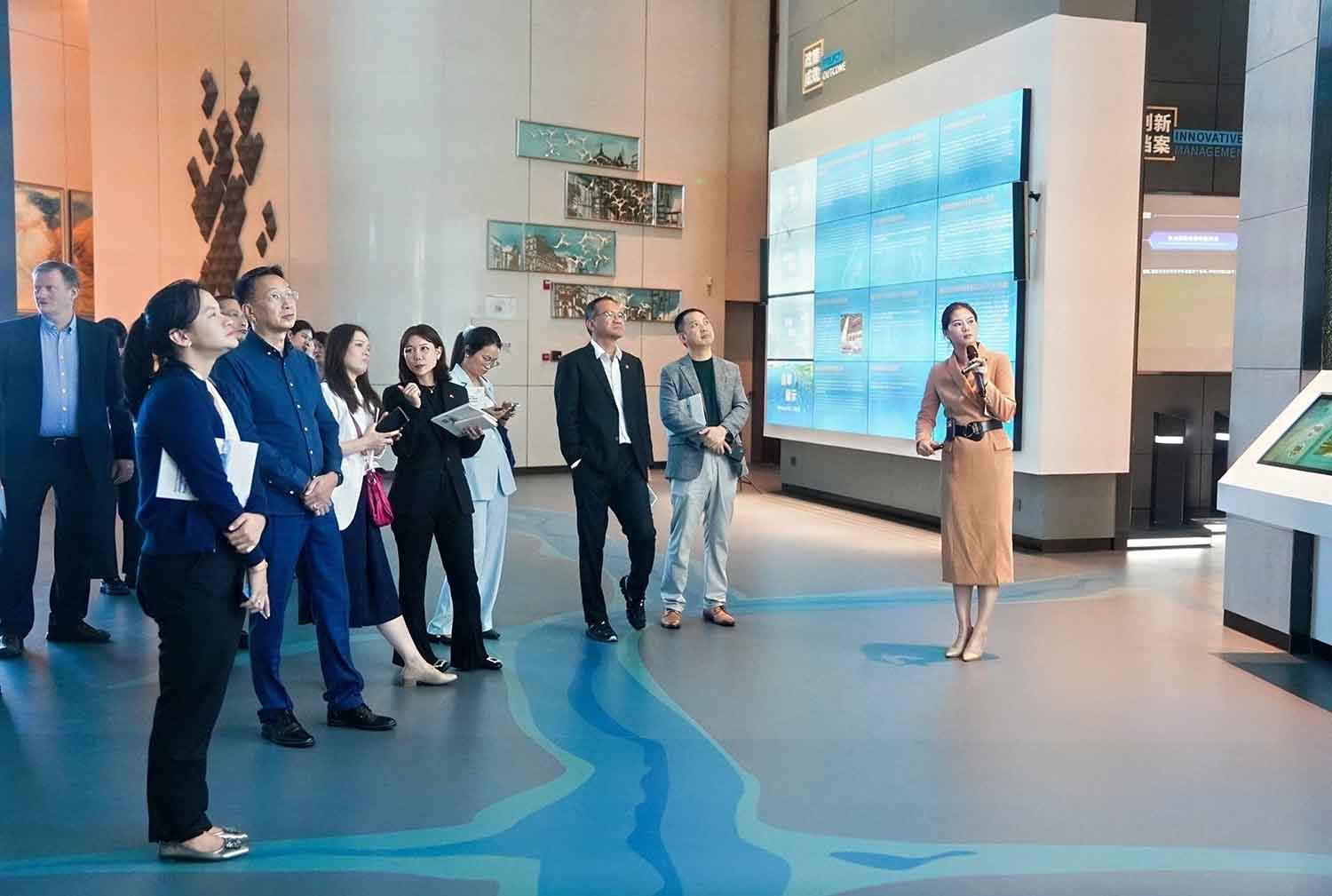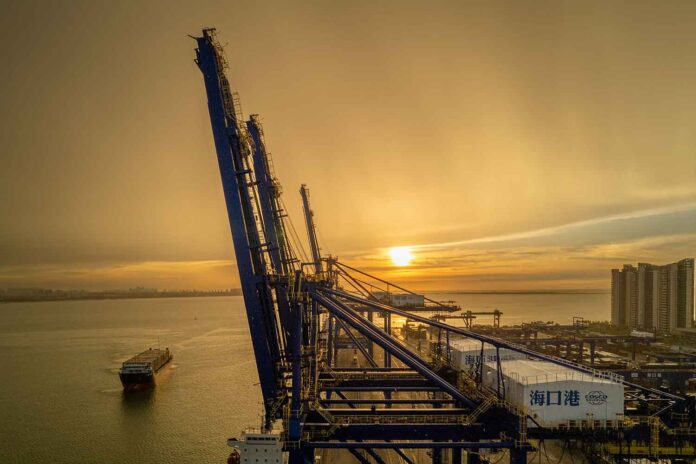A Countdown with Historical Echoes
On December 18, 2025, Hainan will mark the launch of its island-wide customs closure operation, a defining step in the province’s transformation into a Free Trade Port. But the choice of date is no coincidence.
Across Hainan, the countdown is well underway: new infrastructure, digital customs systems, and institutional reforms are being fast-tracked. Yet the question remains, why December 18?
The answer lies nearly five decades in the past, at a turning point not just for China’s economy, but for its national direction.
December 18, 1978: The Day China Changed Course

The date December 18 carries enduring political weight in China’s modern history.
On December 18, 1978, the Third Plenary Session of the 11th CPC Central Committee opened in Beijing, setting in motion decisions that would reshape China’s development path. It was at this meeting that China’s leadership, under the emerging guidance of Deng Xiaoping (centre), shifted national policy from ideological struggle to economic development.
The session formally launched the policy of Reform and Opening-Up, a decisive pivot that would lay the groundwork for China’s rapid modernization and global economic engagement.
The meeting did not declare overnight transformation, but it marked the moment the country began to reorient itself, focusing on growth, pragmatism, and experimentation. What followed were decades of reforms that redefined China’s place in the world.
Linking Past and Present

Fast forward to 2025, and Hainan has become a focal point of China’s next reform wave. The decision to schedule the island-wide customs closure operation, when Hainan transitions into a special customs supervision zone, for December 18 is not administrative; it is symbolic.
The date creates a deliberate echo: 1978 marked the national beginning of Reform and Opening-Up; 2025 marks the beginning of a new phase at its frontier. Hainan, as China’s largest special economic zone and free trade port, now carries the responsibility of pushing reform into new terrain, focusing on openness, integration, and institutional innovation.
This “mirror date” serves as a bridge across eras. It signals that the reform spirit of 1978 is not just a legacy, it remains a living, evolving policy trajectory.
From Reform to Free Trade Port
Hainan’s Free Trade Port project is not a break from past reforms but their extension into the next chapter.
While the early years of Reform and Opening-Up focused on industrial zones, export-led growth, and manufacturing, Hainan’s mandate is broader. Its role is to pilot institutional reform, streamline cross-border trade, attract global talent, and integrate with international economic systems, all under the framework of China’s national strategy.

Four freer flows: goods, people, capital, and data.
Three dimensions of openness: trade, services, and investment.
Two key timelines: basic customs closure operation by 2025; maturity by 2035.
One core goal: to build a globally influential free trade port.
In this context, the idea of “customs closure” is a misnomer. Hainan is opening to a new level of integration, flexibility, and competitiveness.
A New Beginning for 2025
By selecting December 18, China is underscoring continuity: Hainan’s transformation is not a local experiment, but a national commitment to reform in a new global context.
If 1978 launched China’s first opening to the world, 2025 represents the deepening of that journey, with Hainan as the testing ground for what comes next.
Forty-seven years after China first opened its doors to the world, December 18, 2025 will open a new chapter, this time led from Hainan.
Related article: Hainan Free Trade Port Deepens ASEAN-Centric Regional Cooperation








